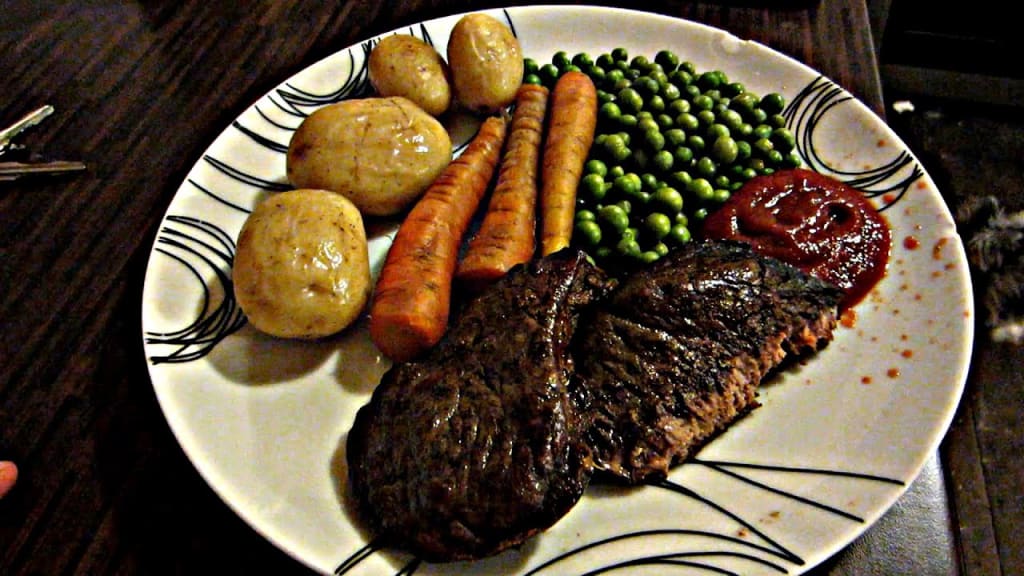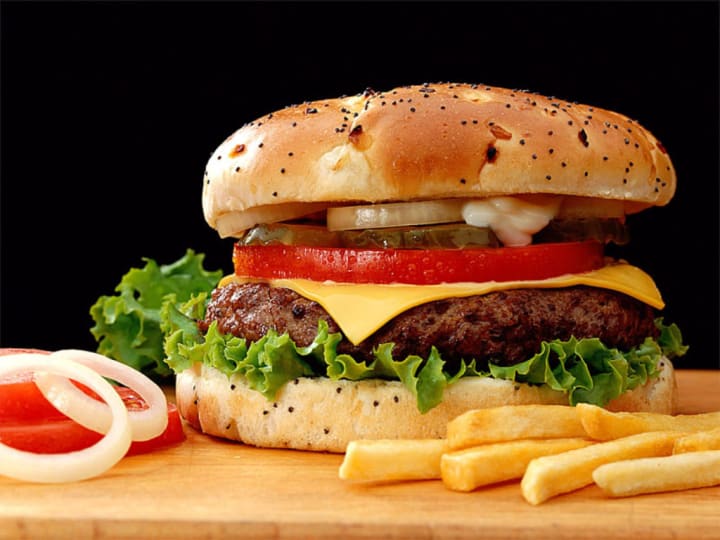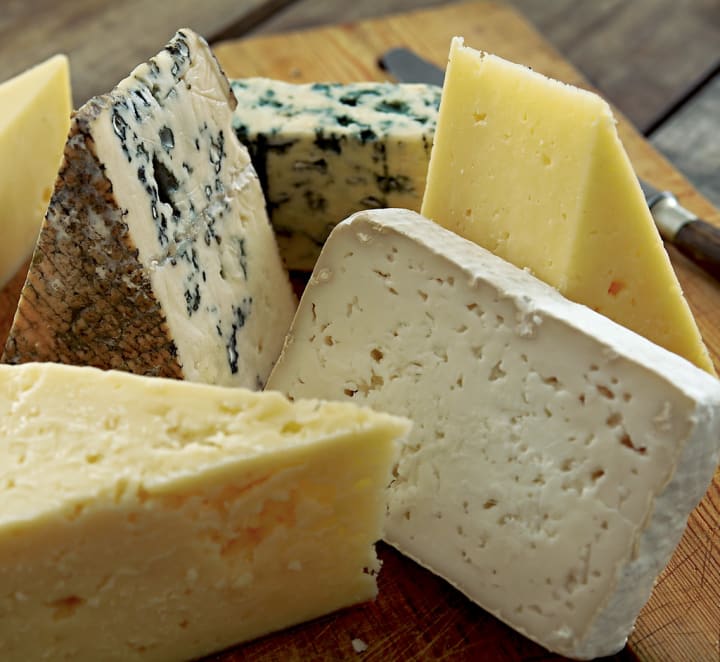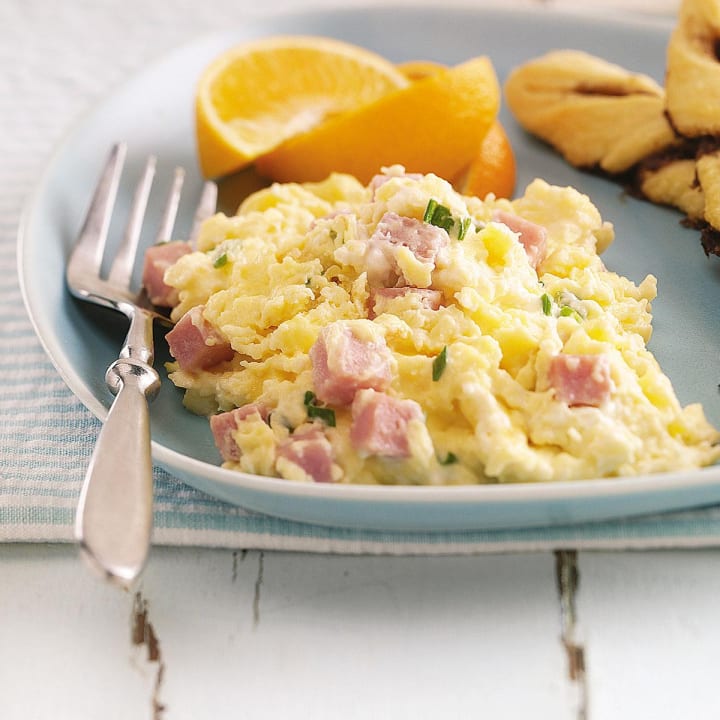How "green" is your diet?
Can you cut your contribution to global warming in half by eating differently?

An article in the “Times Magazine” (the London newspaper’s weekend colour supplement), posed some very interesting questions on the subject of whether we could all do a lot more to get our carbon footprints under control by adjusting our personal diets. The article was based on research in a book by Professor Sarah Bridle, an astrophysicist turned environmentalist, who has come up with amazing (and highly disturbing) facts and figures relating to the impact that our food choices make on global emissions of greenhouse gases, which in turn lead to global warming and ocean acidification.
These emissions relate to the processes necessary to bring the food to our plates, particularly those associated with their production and transport. Production involves growing, land clearance, processing, manufacturing and packaging. There are also environmental costs in cooking and disposal of food waste.
Given that Sarah Bridle writes from a UK perspective, the specific emissions she cites relating to transport are those involved in getting the food to her own shores and will not necessarily apply to other countries, although there may well be other problems that relate to food imports to countries other than the UK.
As an opening gambit, how about: “Eating one large steak is equivalent to driving a fossil-fuelled car for 40 miles”, or “10 spears of out-of-season asparagus is equivalent to driving for 12 minutes”, or “A glass of milk is twice as bad environmentally as a glass of wine.”
I thought it might be interesting to compare some of the author’s warnings about specific foods to my own dietary intake and see what I am doing right and doing wrong in terms of my contribution to climate change. This is something that we should all be doing, given that the food we eat contributes to 25% of greenhouse gases. Each of us, on average, causes 6kg of emissions from our daily food, and we need to halve that figure.
The worst offenders, “pound for pound” (although she gives all her figures in kilos!), are beef and lamb. Each kg (kilogram) of beef on the plate has given rise to 46 kgs of emissions (and lamb is nearly as bad at 44kg). Just to take beef – the problems arise from many sources, including the fact that about one twentieth of all the calories consumed by a cow are burped out as methane, and each 1g of methane causes more atmospheric warming than 80g of carbon dioxide. This is not by any means the end of the story – beef production causes many other problems besides those of bovine burps.

On this score I plead not guilty – I have never eaten a steak or a beefburger in my life, having been vegetarian for as long as I can remember. To be honest, that was almost entirely because my mother was a terrible cook and I simply hated the taste and texture of every piece of meat she cooked. Had I been raised on cordon bleu cookery I might have thought differently!
What about other dairy products? Butter is on Sarah Bridle’s “high impact” list – not only for being a cow product but because the milk is so concentrated that the net emissions of butter are raised to around eight times its own weight.
Not very guilty on butter – I always eat vegetable spread on bread and toast, but butter is used in our home-made biscuits and cakes.
But then we come to cheese. Oh dear! Cheese is an even more concentrated form of milk than butter and is responsible for 16 times its own weight in greenhouse gas emissions. I love cheese, which is one of my prime sources of protein, so I definitely need to think about cutting down my intake!

Pizza is another popular food that is high impact in environmental terms – again mainly because of its cheese content, but how it is cooked could also be part of the problem. Using less cheese – or vegan cheese – can make a huge difference to a pizza’s harm quotient, as can cooking pizza for more than one person at the same time. My own score is reasonable on this point – I do not eat pizza more than once a week, and it always shares the oven with something else, although that is usually another pizza!
Perishable fruits are to be avoided if grown commercially in out-of-season, soil-free factory conditions – due to the high emissions caused by fertilisers and the artificial heating that is involved. When fruits such as strawberries are imported, bringing them in by air gives rise to 100 times the emissions that would be involved if shipping was involved. Cherry tomatoes are very popular salad items, but the way they are grown is eight times worse for the planet than for regular in-season tomatoes.
I try not to buy items of this nature that involve artificial growing conditions or the likelihood of them having been imported by air. In the past, we Westerners never bought fruit that was not either in-season or easy to preserve under low-energy conditions. It should be quite possible to go back to that way of doing things.
There are some quite surprising items that are labelled “high impact”. These include scrambled eggs and jacket potatoes, but the problem with these is mainly the way they are cooked and presented. If you add butter and cream to your eggs when you scramble them – which I would certainly never do – then the emissions counter shoots upwards, as it does for adding butter and cheese to your jacket potato. I also plead not guilty to the latter crime – my jackets only ever get a dash of vegetable spread!

But what about the eggs themselves? The main problem here is the feeding of the chickens that lay the eggs – the food a chicken must eat weighs three times as much as that of the eggs she produces. Most chickenfeed is wheat based, with the addition of soy. Wheat needs fertilizer, and soy grown for animal feed is responsible for incursions into the rain forests in South America, where most of the world’s soy crop is grown. Cutting down the forests is very bad news in terms of climate change.
My own score on direct egg consumption (i.e. excluding the use of eggs in cakes, etc) is OK – I have a two-egg omelette once a week and we only buy eggs that have been laid by organically-raised chickens.
Coffee is another offender. Dried coffee powder and granules are produced using large amounts of fertilizer and energy. If you buy take-away coffee at a commercial coffee shop you have to factor in the environmental impact of the cup it is served in – most disposable coffee cups are lined with a thin layer of plastic which usually makes them impossible to recycle, so they end up in landfill and rot into methane. And if you like to drink latte coffee you are really harming the planet! – due to the large amount of milk used to make it, a latte produces ten times the emissions of those of a regular cup of coffee. Just one latte accounts for half your daily aim of no more than 3kg in global warming emissions.

Am I guilty on the coffee front? Not really – I only drink one instant coffee a day, with a splash of milk, and stick to black tea the rest of the time. On the rare occasions when I visit a coffee shop I will have an Americano with a dash of milk, and never as a takeaway.
The list of food villains is a long one and includes such basic staples as sausages, ham, chicken and salmon, and anything that is grown in a heated greenhouse or freighted by air. One might begin to wonder is if it possible to eat a healthy diet without causing grievous harm to Planet Earth! However, my understanding of what Sarah Bridle is saying is that it can be done, and that it only takes a modicum of thought on everyone’s part to appreciate that one can make sensible food choices that cut back on the harm we are doing even if it is not possible to cut it out altogether.
Sarah Bridle’s book – Food and Climate Change: Without the Hot Air – is published by UIT Cambridge and is also available a free ebook.
About the Creator
John Welford
I am a retired librarian, having spent most of my career in academic and industrial libraries.
I write on a number of subjects and also write stories as a member of the "Hinckley Scribblers".
Enjoyed the story? Support the Creator.
Subscribe for free to receive all their stories in your feed. You could also pledge your support or give them a one-off tip, letting them know you appreciate their work.






Comments
There are no comments for this story
Be the first to respond and start the conversation.